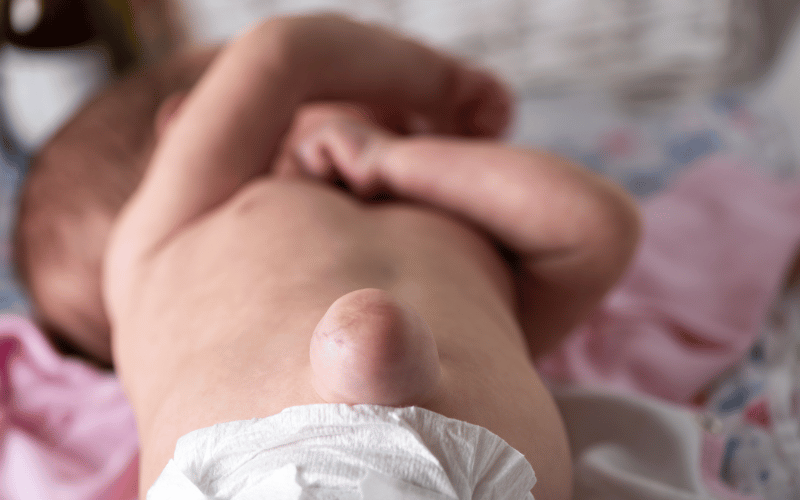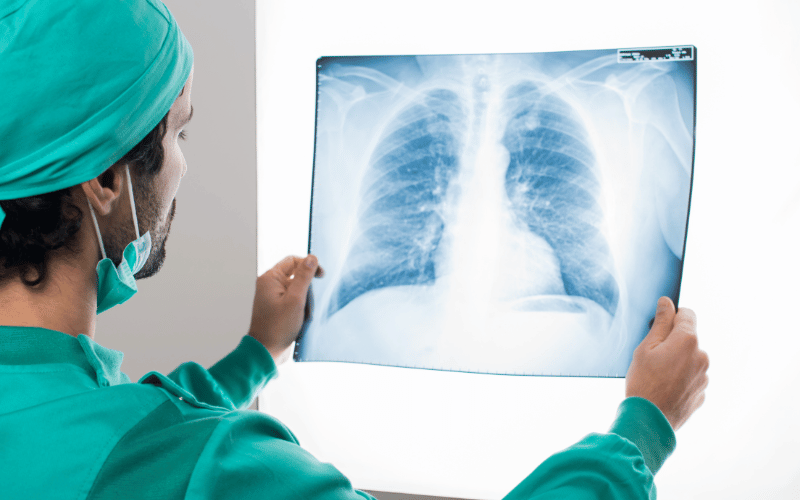Introduction: Gaining Insight into Congenital Diaphragmatic Hernia
Congenital Diaphragmatic Hernia (CDH) is a critical condition in newborns, which requires immediate attention and understanding. This condition stems from an abnormal development of the diaphragm, allowing abdominal organs to intrude into the chest cavity, subsequently impeding the normal functions of the lungs and heart. Recognizing the symptoms early on is paramount for prompt medical intervention and care.

In this detailed article, we will navigate through the complexities of CDH, aiming to provide parents, caregivers, and healthcare professionals with comprehensive insights and knowledge. Our goal is to empower you with the information you need, ensuring you are well-equipped to identify and respond to CDH symptoms.
Over the course of this article, we will meticulously dissect the five primary symptoms associated with CDH, offering a thorough understanding of each. These symptoms act as vital indicators, alerting us to the underlying condition that necessitates immediate medical attention. By the end, you’ll be more than familiar with these symptoms, prepared to act swiftly and confidently if the situation arises.
Let’s commence this informative journey, unraveling the intricacies of CDH and shedding light on the critical symptoms associated with this condition.
1. Respiratory Distress: The Immediate Call for Attention

Respiratory distress in newborns is a significant and immediate sign of Congenital Diaphragmatic Hernia, typically becoming apparent shortly after birth. This section will delve deep into how this symptom manifests and why it is a direct consequence of the hernia. In affected infants, the lungs are unable to develop fully or function properly, leading to noticeable signs of respiratory distress.
The clinical presentation of respiratory distress includes rapid breathing, flaring of the nostrils, and retractions, where the chest appears to sink in with each breath. These signs are the body’s way of trying to get more oxygen, reflecting the struggle that the infant is going through. It’s crucial for caregivers and healthcare professionals to recognize these signs promptly, as they warrant immediate medical evaluation and intervention.
In the context of CDH, respiratory distress occurs because the abdominal organs herniate into the chest cavity, disrupting the normal development and function of the lungs. This displacement not only reduces the space available for the lungs but also affects the pulmonary vasculature, leading to increased pressure and resistance in the lungs’ blood vessels. The combination of reduced lung volume and increased vascular resistance makes it incredibly challenging for the affected infant to breathe effectively.
Addressing respiratory distress in infants with CDH requires a multidisciplinary approach, involving neonatologists, surgeons, respiratory therapists, and a range of other specialists. The aim is to stabilize the infant, ensuring adequate oxygenation and ventilation, while also planning for the surgical correction of the hernia. It’s a delicate balance, requiring precision, expertise, and swift action to optimize outcomes for the affected infant. (1)